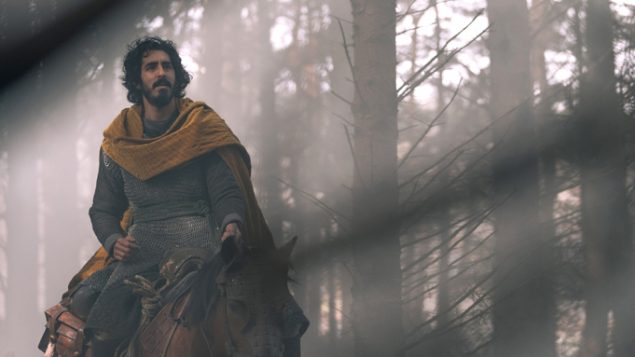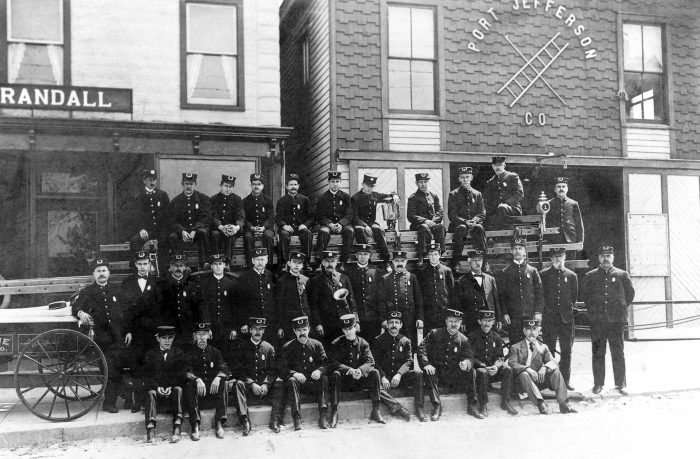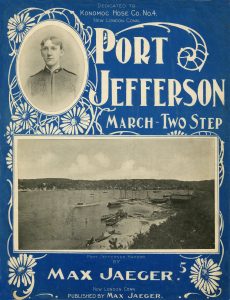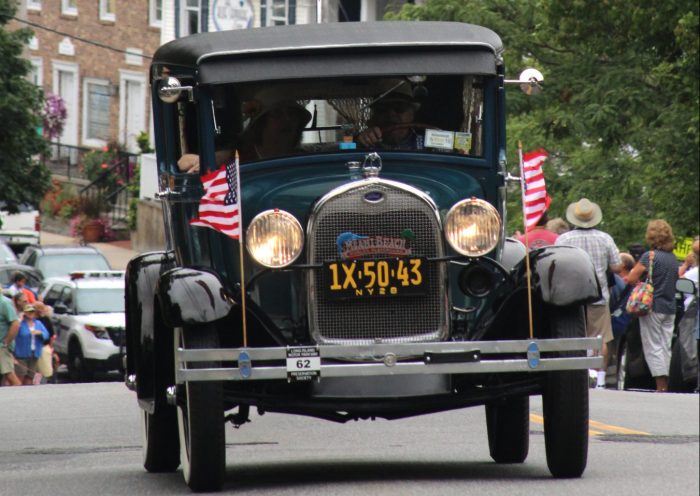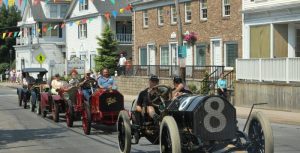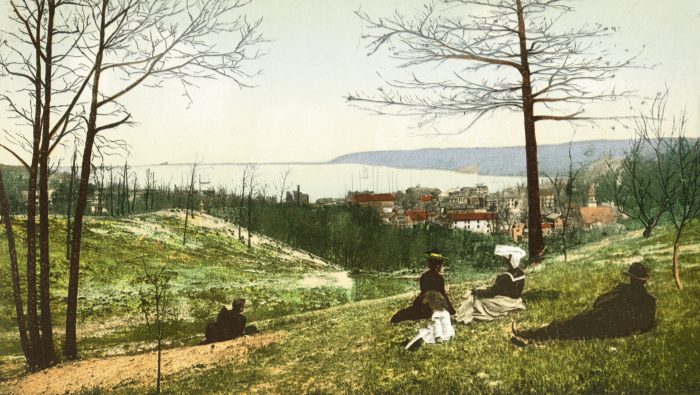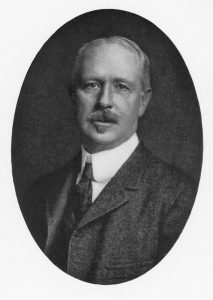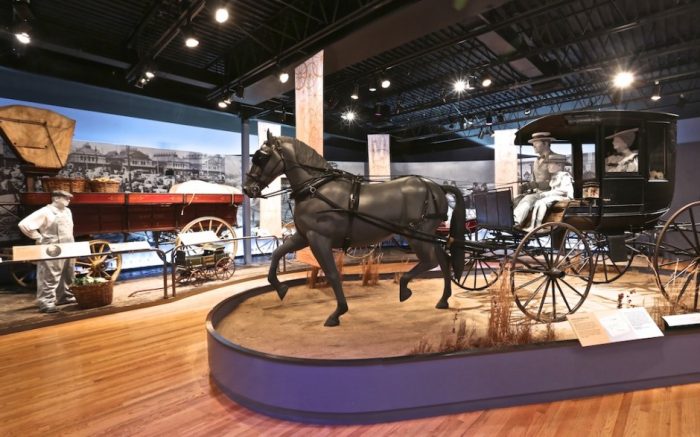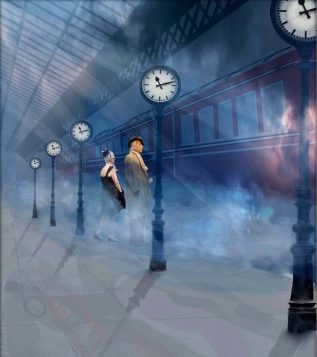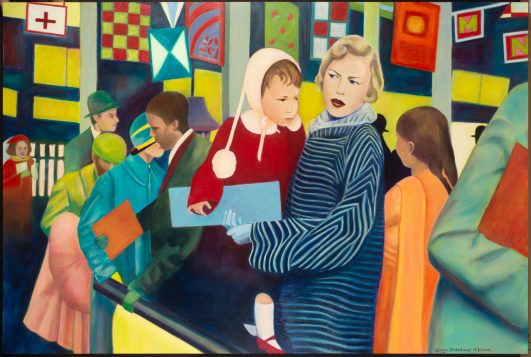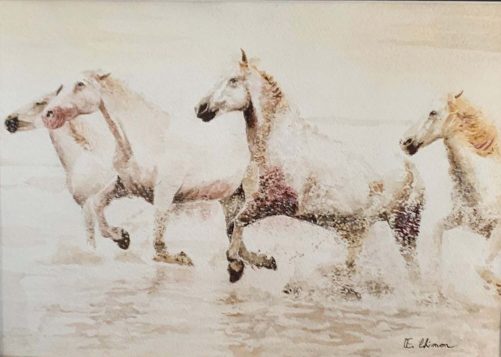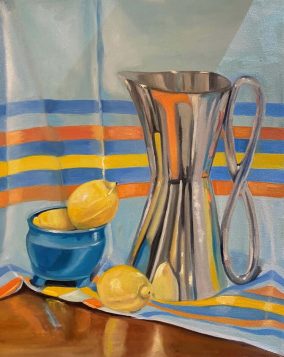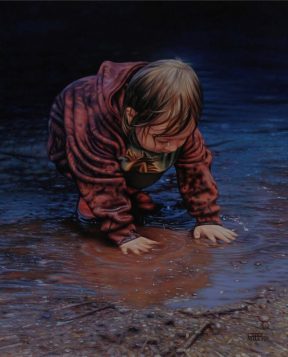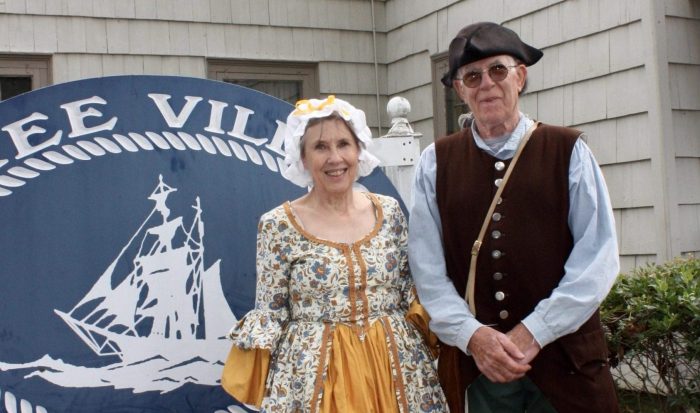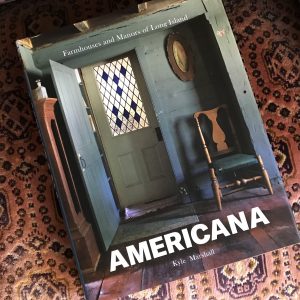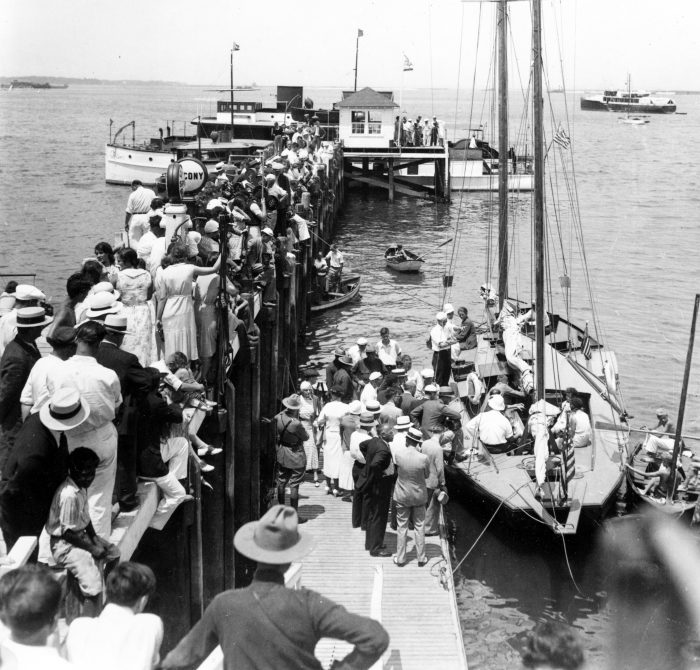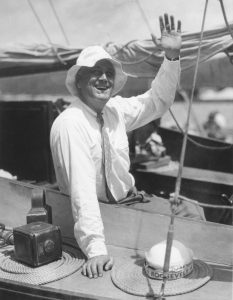By Tara Mae
The Long Island Museum (LIM) in Stony Brook unveils three exciting new exhibitions — Tiffany Glass: Painting with Color and Light, Fire & Form: New Directions in Glass and the 8th annual LIMarts Members’ Exhibition, Fragile — this Friday, Aug. 20. All three will be on view through Dec. 19.
Art exhibit, Fragile, showcases work of LIMarts members

Peace may be found in both the practice and presence of art. Fragile explores how art enriches our lives, particularly during times of stress and strife. On display in the recently renovated Cowles Gallery in the History Museum and Visitors Center (pictured on the right), the show features works by 92 members of LIMarts, both amateur and professional, working in different formats and mediums including sculpture, printmaking, oil painting, watercolor, etc.
“LIMarts is a collaborative arts group designed for artists dedicated to creating a new forum within our cultural community,” said Neil Watson, Executive Director of the LIM. “The group offers space for the exhibition and sale of artwork, varied programming events, lectures and opportunities for social gathering with other artists and the public.”
All LIMarts members were invited to submit one piece for the exhibit, which enables the museum to introduce or amplify the art of local artists to its audience. Although a few of the artists have works already in the museum’s permanent collection, the art included in Fragile is being exhibited for the first time.
Thanks to a sponsorship by Maryellen and Michael Lubinsky, the museum was able to waive its normal commission; all proceeds from art sales will go directly to the artists.
There were no confines put on the artists’ interpretations of the theme, but they were constrained by space; each participant’s work had to fit on 12″ x 12″ canvas boards. This restriction enabled creative solutions and unique results.
“When everybody’s work is the same size, it distills a different type of beauty…they are all on the same panel and figuring it out,” said Joshua Ruff, Deputy Director of the LIM and the show’s curator. “The diversity of approaches and how the exhibit was interpreted are amazing: fragile, as an idea, departure point, and concept.”
During the past 19 months, emotional and physical fragility have been ideas arguably at the forefront of the collective conscience. Most of the submissions were created during this time frame, and these ideas are recurring subjects, especially as they relate to the delicate nature of both the environment and human condition. Yet fragile does not equal weak, and the exhibit is also a testament to how fragility can be infused with fortitude.
“This is not an exhibition of 92 different ways of suffering; rather it shows there is an inner reserve of strength in all of us. You can be vulnerable but have other positive qualities of strength. I think some of the artists were trying to say that you can be fragile but be strong or have a fragile environment that produces great beauty and great strength,” said Ruff.
Certain artists chose to explore the intersection of fragility and vulnerability by experimenting with new painting styles or artistic techniques. “Some artists were trying new things and you can be vulnerable when you are trying new things,” Ruff explained. “It’s really impressive to see how many ways people approached the subject and how many different points of view and perspectives you see.”
Tiffany Glass: Painting with Color and Light
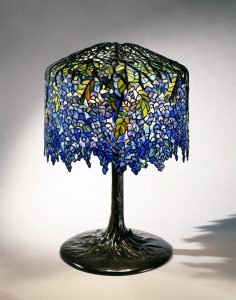
Organized by the Neustadt Collection of Tiffany Glass in Queens, Tiffany Glass: Painting with Color and Light will be the first exhibition of its kind at the LIM. This compelling exhibition will include five windows, twenty lamps, and several displays showing how Louis C. Tiffany’s lamps were assembled, and how collectors today can distinguish between authentic lamps and forgeries.
The exhibition features some of the most celebrated of Tiffany’s works. Chosen for their masterful rendering of nature in flowers or landscape scenes, they exemplify the rich and varied glass palette, sensitive color selection, and intricacy of design that was characteristic of Tiffany’s leaded-glass objects. This exhibition also highlights some of the key figures at Tiffany Studios who made essential contributions to the artistry of the windows and lamps— chemist Arthur J. Nash and designers Agnes Northrop and Clara Driscoll.
Fire & Form: New Directions in Glass
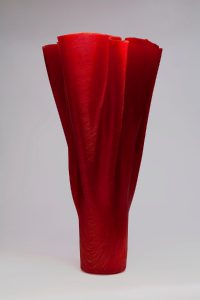
Zynsky;
Heller
Gallery, NYC
Fire & Form: New Directions in Glass , organized by the Long Island Museum, will feature nearly 50 works from nine contemporary artists, all reinforcing that glass is a sculptural material of near-infinite artistic and narrative possibilities. The artists included in this exhibition represent some of the most renowned names in American contemporary glass: Joseph Cavalieri, Deborah Czeresko, Trefny Dix, Bengt Hokanson, Beth Lipman, Judith Schaechter, Andy Stenerson, Marianne Weil, and Toots Zynsky. These exceptional artists all demonstrate a variety of approaches, methods, and inspirational starting points. Fire & Form will inhabit more than 2,500 square feet in LIM’s History Museum and Visitor’s Center and will be accompanied by a richly illustrated 30-page catalogue that will be printed as a takeaway for visitors.
“Fire & Form and Tiffany Glass are two of the biggest and most beautiful exhibitions we have ever mounted here,” says Joshua Ruff, Deputy Director the LIM and one of the curators of Fire & Form. “The comparison between Tiffany’s approach with some of the striking other work people will see — modern stained glass, blown glass, and cast glass — will really give people some perspective on how versatile a medium it really is.
IF YOU GO
The Long Island Museum is located at 1200 Route 25A in Stony Brook. It is open Thursday to Sunday from noon to 5 p.m. Admission is $10 for adults, $7 for seniors (62 and older), $5 for students (including college students with IDs), $3.50 for people with disabilities (personal care assistants admitted for free), and free for children under the age of six. For more information about the above exhibits or orther programs at the LIM, call 631-751-0066 or visit longislandmuseum.org.






